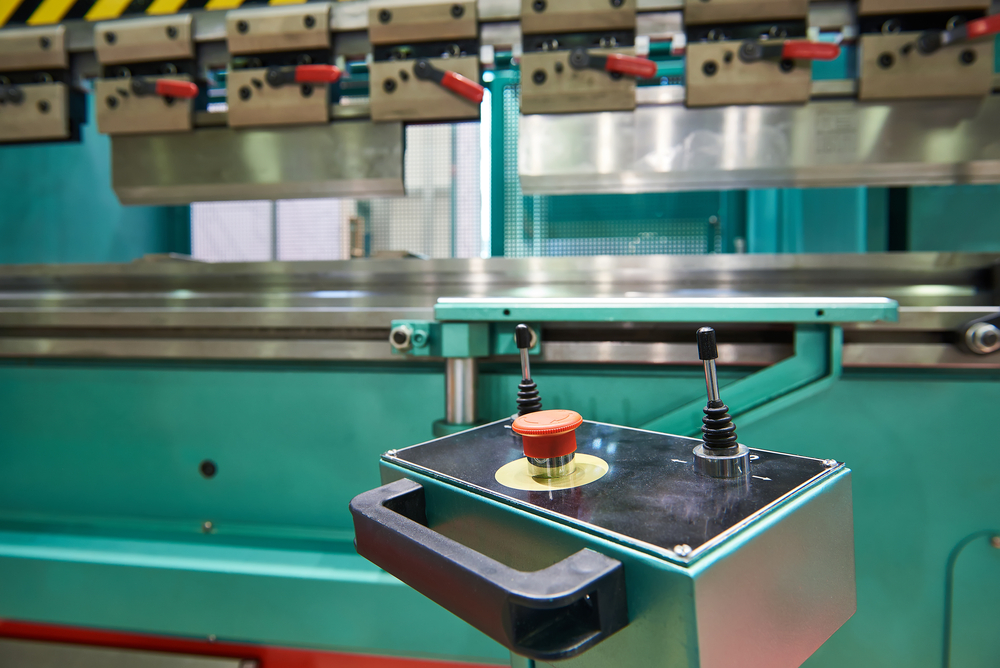Adhering to safety measures for metal fabrication enforced by the American National Standards Institute has been a priority for both hydraulic press builders and owners. Whether it is stainless steel fabrication, aluminium fabrication or steel fabrication, these safety measures are a must for all, regardless of what kind of services you provide. However, in light of a recent possibility of relaxing some of the regulations have brought into question whether or not obsolete safety regulations are that important. Ideally, having a zero risk work environment should be the goal, but installing functional and expensive safety equipment adds to the cost of manufacture by a great amount, especially if the press needs a refurbishment. Therefore, how much should presses compromise in order to satisfy both parties?
Expert opinion:
Experts have commented on the feasibility of maintaining the high safety standards set by ANSI on the presses. Additionally, they’ve argued that it is extremely costly for customers to make investments due to the high costs of safer machinery. However, they’ve proposed that since ANSI rules have a buffer period before being accepted by the OSHA (, industries can have some breathing room when making necessary changes to meet the new standards that they will soon be federally required to follow. Moreover, if given enough time, presses might come up with smarter solutions and implement them into the press.
There are issues however when it comes to reinstalling safety features into older machinery, mostly due to the cost but also because the original machine was not designed to house the new extra safety equipment required to support a load-holding system.
What are the preventive measures?
There are some primary focuses when it comes to all this which is figured out by means of a thorough risk assessment. This will evaluate how extensive the safety measures incorporated into the system must be. There are three main concerns depending on the size of the load:
- A monitored mechanical loading system is required.
- A hydraulic load holding system is required.
- A combination of both of the above.
The risk assessment criteria will account for the size and shape of the safety hazard in addition to the forces working on it. Additionally, each of the load holding systems must be capable of independent and automatic operation on separate loads.
There are two main systems where this can be implemented:
- Single cylinder systems: If the cases arise where the risk levels are above unacceptable levels, then, the hydraulic press must consist of a separate configuration that holds the load in the event of a failure by using return cylinders and a monitored valve.
- Multiple cylinder systems: In this case, two monitored valves placed in close proximity to the cylinder outlets of the two main cylinders or two separate return cylinders that aid in stopping the load from becoming a safety hazard.
An additional step is taken where the individual load holding systems are interconnected preventing a full shut down of the press in the case of failure in any part of the system.
Conclusion:
If all of these extra measures are taken in laser cutting, metal bending, welding, metal rolling, and other fabrication process, fabricators will face lower risks and hopefully satisfy ANSI. Given the time before OSHA makes these changes obligatory, presses have some time for experimentation.











